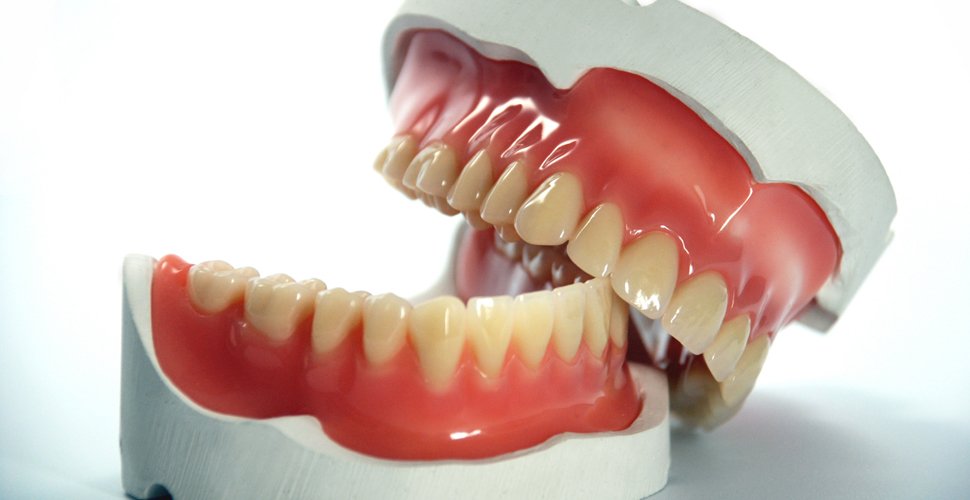
Register to receive a free US Market Report Suite for Dental Prosthetics and Digital Dentistry Devices (Includes CAD/CAM Devices) – MedSuite report synopsis and brochure
Over the next several years, growth will be driven by dentures, which will be the fastest growing segment in the dental prosthetics market. Low growth can be attributed to marginal unit sales growth and declining average selling prices (ASPs) for all segments aside from dentures.
Demand in the crown and bridge segment has continued to shift away from full-cast and PFM (porcelain fused to metal) restorations to less expensive all-ceramic restorations, specifically zirconia. The most popular material type for crown and bridge restorations is full contour. However, there are a growing number of ceramic materials, particularly hybrid. The boom in growth brought on by zirconia has largely subsided and there is expected to be a similar spurt in growth due to hybrid ceramics.
Both the veneer and inlay/onlay segments underwent ASP decline in 2015. For the past few years, dental patients have increasingly preferred more economic prosthetics options, a trend that has been hurting the veneer market value. Coupled with advancements in aesthetic quality of crowns and bridges, there has been reduced demand for veneers.
The denture segment maintained its steady growth in 2015. The segment is largely carried by an aging population and growth of flexible partial dentures. Patients are continuing to opt for flexible partial dentures as a substitute for more expensive bridge work. Growth in the market is also increasingly being taken by corporate denture chains rather than dental laboratories. Only the denture segment is expected to generate a positive compound annual growth rate (CAGR) over the next several years.
The digital dentistry device market features much higher growth and potential than that of the underlying dental prosthetic market. This growth comes not from great increase in the number of prosthetics produced, but from changing dental office and laboratory workflow. The shift from manual production to either CAD/CAM or rapid prototyping systems is driving the digital dentistry device market. This growth will be steadily maintained over the next several years as the CAD/CAM device segment saturates and the rapid prototyping segment continues finding opportunity.
Unit sales growth in the CAD/CAM device market was strong across each segment and made up the growth of the overall market. Meanwhile, ASPs were declining for each of these segments. Consumers have become more cost aware, which has increased demand for economic dental prosthetics. As a result, cost savings are an important aspect for the dental industry, which has manifested into consolidation of the dental lab market. This allows unit sales to be concentrated into fewer labs, where economies of scale can be created and larger, more efficient CAD/CAM mills can be run to capacity. The CAD/CAM market will not maintain as strong a growth rate through 2022 as the market saturates, reducing unit sales growth.
Similar trends affect rapid prototyping where unit sales growth is strong, but market value is brought down due to ASP decline. This has been particularly significant for this segment as newer entrants to the market are introducing devices that are priced at $15,000 or less. As these lower priced products settle, ASP growth will stabilize. Continuing unit sales growth will result in strongly positive market value growth and by 2022 there will be an annual market growth of 7.9%.
For Further Information
 The suite covers reports on the following markets: Crown & Bridge Market, Inlay and Onlay Market, Veneer Market, Denture and Denture Teeth Market, CAD/CAM Device Market, Rapid Prototyping System Market, CAD/CAM Block Market and the CAD/CAM Disc Market. Reports also provide a comprehensive analysis including units sold, procedure numbers, market value, forecasts, as well as detailed competitive market shares and analysis of major players’ success strategies in each market and segment.
The suite covers reports on the following markets: Crown & Bridge Market, Inlay and Onlay Market, Veneer Market, Denture and Denture Teeth Market, CAD/CAM Device Market, Rapid Prototyping System Market, CAD/CAM Block Market and the CAD/CAM Disc Market. Reports also provide a comprehensive analysis including units sold, procedure numbers, market value, forecasts, as well as detailed competitive market shares and analysis of major players’ success strategies in each market and segment.